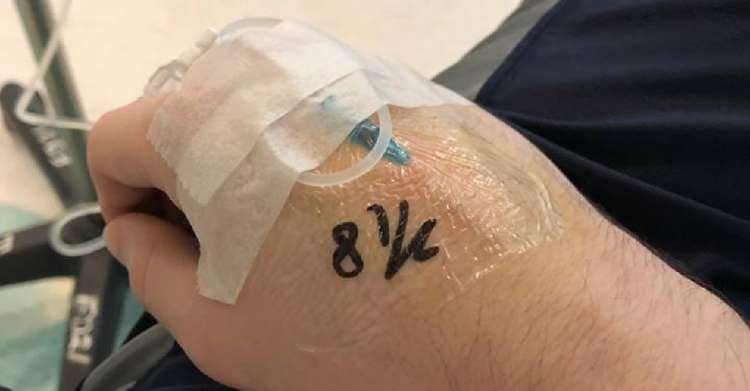The debate over who should pay for medical care is heating up again as the number of candidates for the 2020 Democratic Primary continues to expand.
Still, the term “socialized medicine” causes heart palpitations in a lot of Americans.
Of course, depending on who you’re talking to, “socialized medicine” can mean very different things.

Strictly speaking, true socialized medicine would involve 100% of medical care to be owned and operated by the government.
Most universal health care systems actually fall within a wide spectrum of styles.
Some countries, like Sweden, fall at the strictly socialized medicine end of the curve.

Other countries, like Japan, have a compulsory national health insurance citizens are required to purchase.
But the most common system involves a mix of public and private health services.
For example, the government may pay for things like emergency care, doctor visits, or treatment for illnesses.

Other services like dental, vision, or prescription medications would require a person to pay out of pocket or through private/workplace insurance.
In the US, the term “socialized medicine” is often used as a way to instill fear.
Politicians who are against universal health care often talk about the loss of individual choice, long wait times, poor service, and high taxes.
All those fears ran through Kevin Bozeat’s head when he needed to seek medical care in Taiwan.
The experience caused him to share a post called “The Horrors of Socialized Medicine: A first hand experience” on Facebook.

Kevin is a 25-year-old student who is studying abroad. When his stomach hurt one evening he hoped that it would pass quickly, but by 3 am he was still in pain and vomiting every half hour or so.
He said , “At this point I had to seek medical treatment, I knew I had to go to the hospital.”
But Kevin still didn’t want to risk it.

His first worry was that there wouldn’t be a doctor who spoke English, which would make it difficult to explain his symptoms and understand their diagnoses or instructions.
Plus, he was sure that it would cost him a fortune.
His American insurance had lapsed while he was abroad and while Taiwan has universal health care, he isn’t eligible for the National Health Insurance (NHI) program.
Finally, his roommate called him a taxi to take him to the ER.

Within 20 minutes, Kevin was provided with an IV and anti-vomiting meds while doctors ran tests to rule out things like gall stones or appendicitis.
In the end, he was diagnosed with Acute Viral Gastroenteritis, also known as the stomach flu.
He was discharged with a prescription for more medicine and recovered within a couple of days.
Still, he worried about the bill.
It cost him $80.

He spelled it out:
Eighty. American. Dollars.
Out of pocket. Full cost. No discounts. No insurance. At one of the best hospitals in Taiwan.
And, he noted, if he did have the National Health Insurance, it would have cost even less.
After the post went viral, he shared a follow-up to answer a few of the biggest detractors.

No , Taiwan isn’t a poor country.
In fact, per capita its GDP is higher than stereotypically “wealthy” countries like Canada or Australia.
Sure, Taiwanese doctors aren’t getting rich.
But it’s a respected, middle class profession and there is no shortage of people wanting to become a doctor.
I’m willing to bet that the cost of medical school in Taiwan is cheaper as well.
In regards to the exchange rate, it was clear some people don’t get how it works.

As of this writing $80 US dollars is about $2460 Taiwanese dollars. Which seems like a ton, but Kevin notes that the exchange works the same way for prices.
A Big Mac in Taiwan costs more than $50 in Taiwanese money.
He finished by dropping the mic.
Universal healthcare works, it can be done here, it can be done in any country with sufficient resources. All we need is political will and an implementation plan. Pardon my French but, America, get your head out of your ass, and stop making excuses.

















































